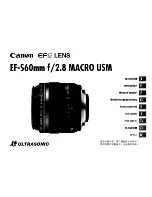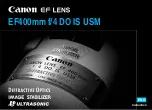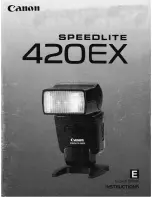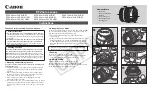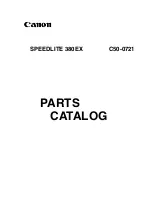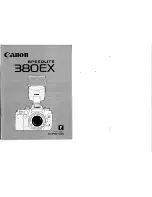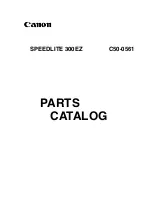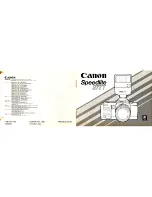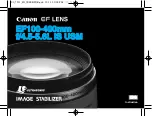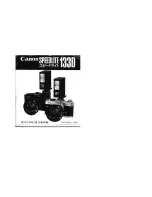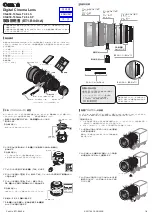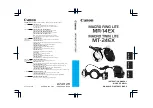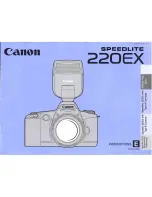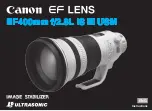
© National Instruments
|
B-3
NI 17xx Smart Camera User Manual
•
The smart camera ran out of memory. The reason may be that acquired images are still in
memory. When developing applications with LabVIEW, use the IMAQ Dispose VI to
destroy an image and free the space it occupied in memory. This VI is required for each
image created in an application to free the memory allocated to the IMAQ Create VI.
Execute the IMAQ Dispose VI only when the image is no longer needed in your
application. You can configure the IMAQ Dispose VI to free memory for each call
to the IMAQ Create VI or just once for all images created using the IMAQ Create VI.
Run-Time Problems
The NI Smart Camera is Unresponsive and Blinks the
IMG ACQ and FAIL LEDs
The smart camera maximum internal temperature was exceeded. Complete the following steps
to verify that the ambient and enclosure temperatures are within specifications.
1.
Measure the ambient temperature and verify that it is within specifications.
Note
If the smart camera is mounted within an enclosure, the ambient temperature
of the camera is the temperature inside the enclosure, which can be notably warmer
than the ambient temperature outside the enclosure.
2.
Measure the smart camera housing temperature at the location indicated in Figure 8-1,
Measuring the NI Smart Camera Housing Temperature
, and verify that it is within
specifications.
You must remove power, bring the temperature within specifications, and reapply power to the
smart camera to recover from this condition. Refer to the
Thermal Considerations
section of
Chapter 8,
Thermal Considerations and Mounting
, for information about measuring the
temperature of the smart camera. Refer to Appendix A,
Specifications
, for complete temperature
specifications.
Lighting Problems
The Light Does Not Illuminate When Using the Direct
Drive Controller
In the event that your light does not illuminate, verify the following:
•
That your NI Smart Camera supports the Direct Drive lighting controller. Refer to the
Direct Drive Lighting Controller
section of Chapter 4,
Lighting
, for a list of smart cameras
that support the Direct Drive lighting controller.
•
The light is wired with the correct polarity, LED+ pin to the anode and LED- pin to cathode.





























